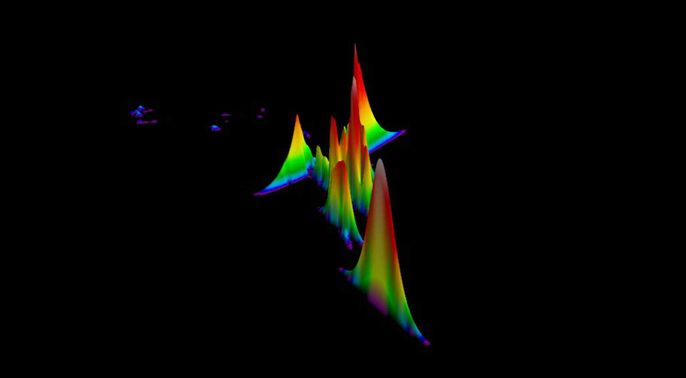Research
title

Ultrafast Fibre Lasers
Fibre lasers have revolutionised modern science and technology: they underpin the global telecommunications sector and play a key role in medical, industrial and research environments. However, ever more demanding end-user requirements are driving research to improve the temporal and spectral versatility of such lasers. In particular, there is a need for ultrafast lasers, which produce ultrashort pulses (with femtosecond durations) required for applications in industrial machining and biomedical imaging.
We are developing new designs for mode-locked fibre lasers and exploring novel fibre gain media to produce pulse sources with higher power and greater spectral and temporal versatility.

Nonlinear Spectral Extension
Our research considers nonlinear effects in both optical fibres and bulk crystals to extend the spectral coverage of fibre-based sources. Specifically, we are exploring cascaded Raman scattering and second-harmonic generation to develop watt-level lasers throughout the visible, producing picosecond pulses with tunable durations and pulse repetition rates. These devices target super-resolution microscopy and biological imaging applications, in collaboration with the Biophotonics Group at Imperial.
A second research aim is high-power laser wavelength conversion to the mid-infrared “molecular fingerprint” region for remote gas sensing and defence applications through difference frequency generation (DFG).
title

Photonic Applications of Nanomaterials
Advances in materials science are enabling the fabrication of new materials with external dimensions on nanometer length scales. While graphene is perhaps the best known example, it is only one of a wider family of nanomaterials, also including carbon nanotubes and few-layer transition metal dichalcogenides such as molybdenum disulphide (MoS2), each with distinct yet complementary properties. Such materials have been found to possess remarkable optical and electrical properties, which offer new opportunities for photonic device development.
We are performing fundamental measurements to quantify the characteristics of numerous nanomaterials and considering their exploitation in nonlinear optical applications. One particular theme we are investigating is their use as saturable absorbers for short-pulse generation in lasers.

Nonlinear Wave Dynamics
Fundamental to the development of laser technology is an understanding of electromagnetic waves and their interaction with dispersive media, so called because the speed of a propagating wave in a material depends on the wavelength and, to a lesser extent, the wave intensity.
Our work considers wave dynamics in a variety of different optical scenarios to help us design more powerful and more versatile laser sources, as well as gaining a deeper understanding of how light interacts with matter at a fundamental level. Conveniently, the mathematical machinery that is used to model and analyse such systems in optics has a number of analogues in other areas of science, including hydrodynamics and oceanography, and even economics and financial mathematics.


